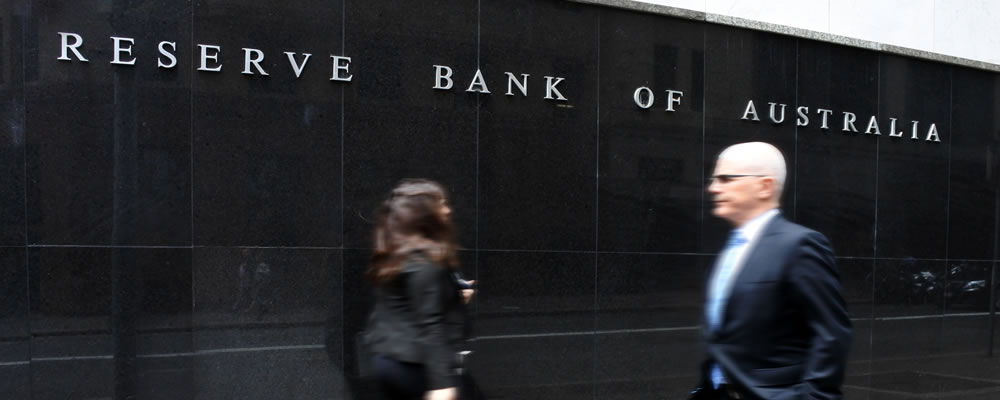Euro to Australian Dollar Exchange Rate Advances Despite Lack of Fresh EUR Support
Market anxieties about US trade protectionism has remained a key concern for forex investors this week so far, and the Euro to Australian Dollar (EUR/AUD) exchange rate has climbed due to the latest trade jitters weighing on the Australian Dollar (AUD).
A brief boost in demand for risk-correlated currencies like the Australian Dollar pushed EUR/AUD lower from 1.5819 to 1.5737 last week.
This week so far, EUR/AUD has recovered most of those losses as AUD weakened again, and at the time of writing was trending in the region of 1.5815.
While Monday’s Eurozone data was hardly impressive, the Euro (EUR) was able to climb against an unappealing Australian Dollar, as the ‘Aussie’ outlook continues to be dampened by fears that the US-China trade war could have negative impacts on global growth.
Euro (EUR) Exchange Rates Edge Higher Despite Trade Jitters
Market appetite for the Euro was little changed on Tuesday, but the currency benefitted from Australian Dollar weakness and EUR/AUD continued to climb.
This was despite Monday’s Eurozone data being generally disappointing.
May’s Eurozone trade balance was forecast to have risen from €16.7b to €20.9b, but instead slowed to just €16.5b.
While the Eurozone’s trade surplus with the US did climb, this news didn’t boost the Euro as it made investors more anxious about the Eurozone’s importance of trade with the US.
Essentially, the Euro’s limited strength against the Australian Dollar was due to much the same reason as the Australian Dollar’s current weakness.
The Euro was supported slightly by the weekend’s news that Bulgaria was getting closer to joining the single currency, however.
Australian Dollar (AUD) Exchange Rates Sold as Reserve Bank of Australia (RBA) Maintains Caution
Investors continued to sell the Australian Dollar on Tuesday, making the currency shed most of its recent gains, as concerns about US trade protectionism and how it may affect Australia’s economic outlook weigh on the currency.
As a risky currency heavily correlated to trade and commodities, the Australian Dollar has been unappealing to investors due to concerns about US trade tariffs, the US-China trade war and recent weakness in oil prices.
Prices of oil have slumped this week, denting market demand for commodity-correlated currencies.
On top of this, the Australian Dollar has been pressured by reaction to the latest cautious Reserve Bank of Australia (RBA) meeting minutes. The bank expressed concern about domestic issues like Australia’s household debt, as well as the ongoing global trade uncertainties.
As was generally expected, the bank indicated that due to these uncertainties Australian monetary policy would be kept on hold for some time to come:
‘household balance sheets continued to warrant close and careful monitoring
Since progress towards a lower unemployment rate and an inflation rate closer to the midpoint of the target range was likely to be gradual… the Board assessed that it would be appropriate to hold the cash rate steady and for the Bank to be a source of stability and confidence while this progress unfolds,’
Euro to Australian Dollar (EUR/AUD) Forecast: Inflation and Job Market Results Ahead
The Euro to Australian Dollar (EUR/AUD) exchange rate is more likely to be driven by economic data in the coming days, as trade jitters keep pressure on both currencies but divergence in data could cause a shift in movement.
Wednesday will see the publication of the Eurozone’s final June Consumer Price Index (CPI) inflation results, which are expected to have slowed slightly month-on-month but have risen year-on-year.
If Eurozone inflation falls short of forecasts, investors may become concerned that the European Central Bank (ECB) is even more likely to wait over a year to hike Eurozone interest rates, and this would make the Euro less appealing.
Stronger than expected Eurozone inflation would have the opposite effect, potentially igniting ECB speculation and bolstering Euro demand.
Thursday will follow with Australia’s June job market results, including the key unemployment rate. Australia’s unemployment rate is forecast to remain at 5.4%.
Of course, any developments in the US-China trade war, or signs that the Eurozone or Australian economy has been impacted by trade jitters, would also influence the Euro to Australian Dollar (EUR/AUD) exchange rate.



